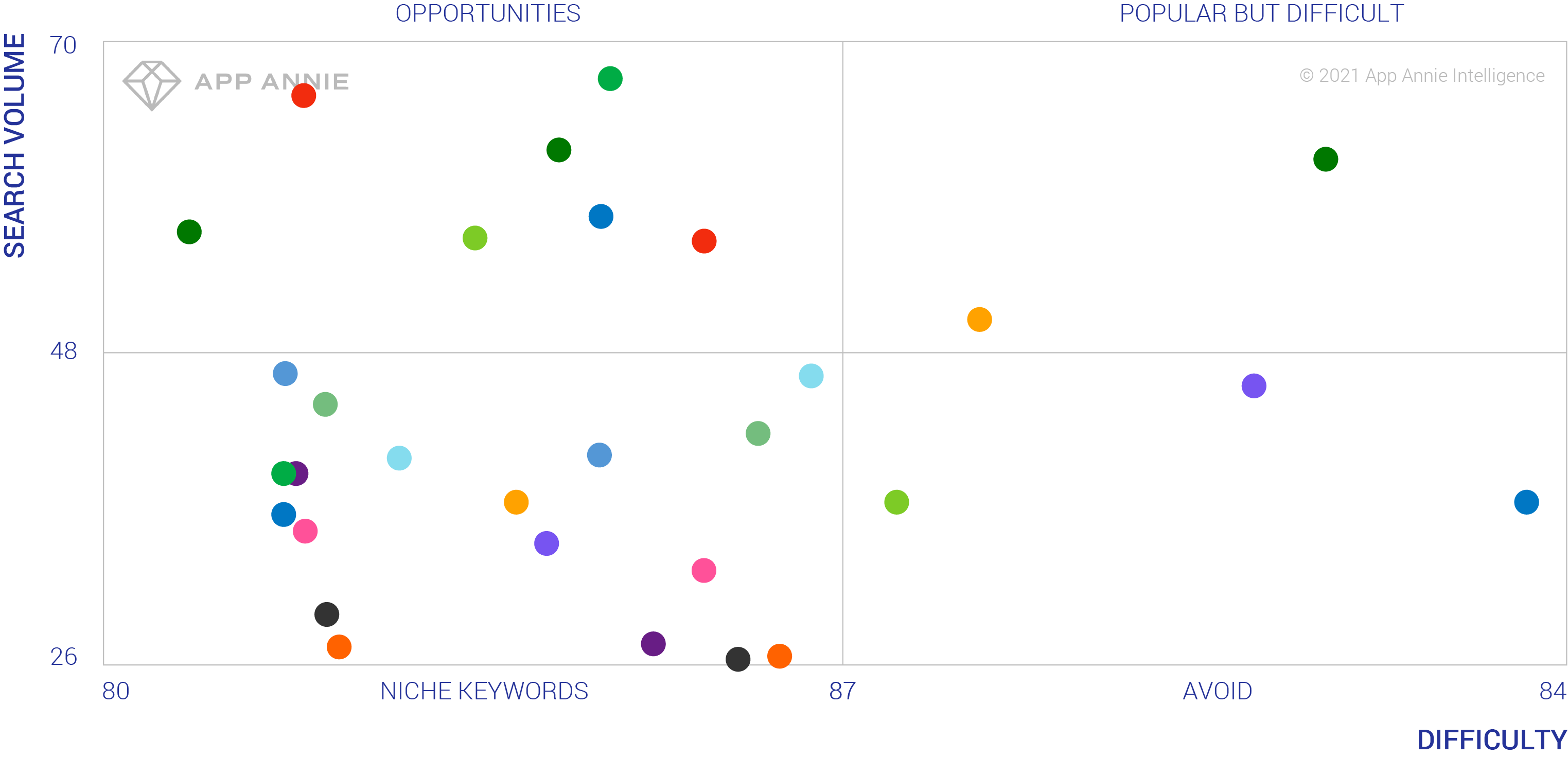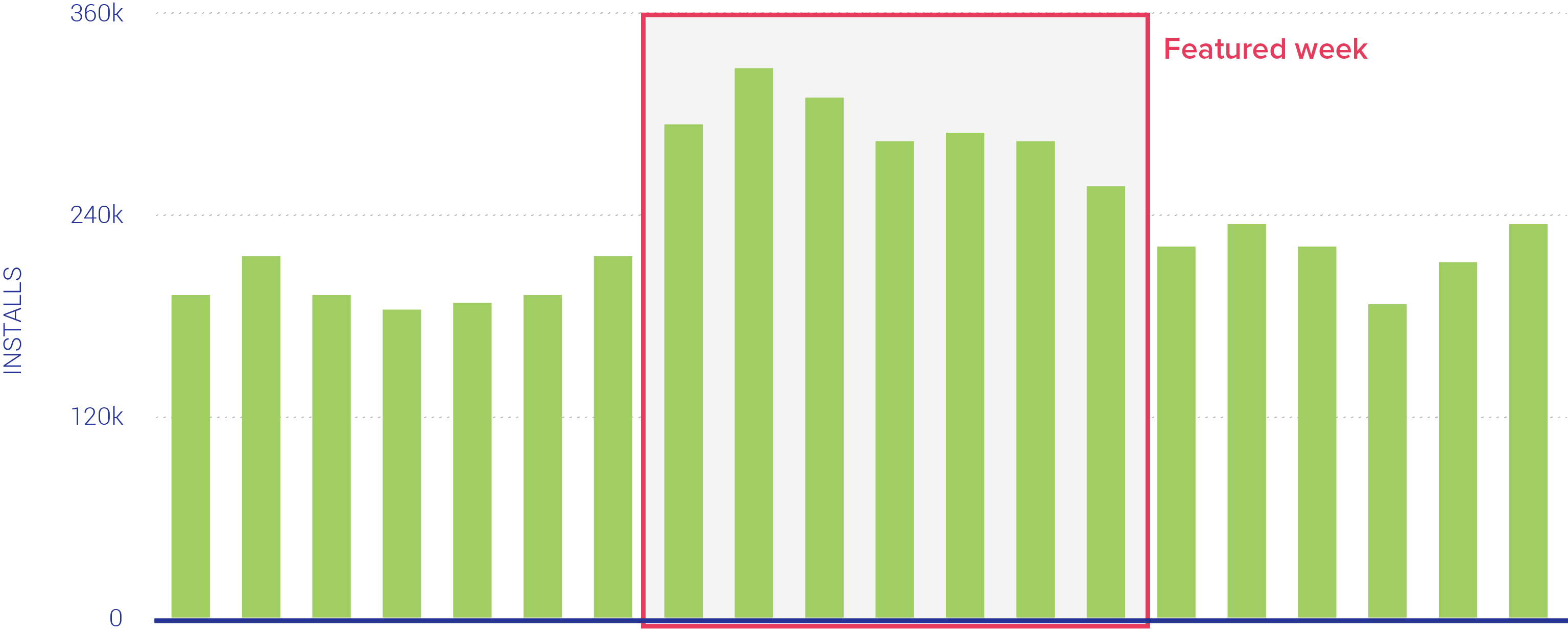
4 Lessons in Marketing Hyper-casual Games
Kate Duong is Senior UA Channel Strategist at Amanotes, a rising mobile app publisher in Southeast Asia. Kate first dabbled in growth marketing when she managed and optimized client ad campaigns at Google. After learning how to drive performance for apps in Southeast Asia, Kate joined Amanotes in 2019. At Amanotes, Kate combines her musical interests with performance data to lead user acquisition for their top music gaming apps.
Learn more about Mobile Hero Kate Duong.
Hyper-casual games are not the most complex or ingenious, but they have their own charm and attract mass attention. A look at rising mobile game charts will likely show a different hyper-casual title every week.
As hyper-casual games captivate more user attention, publishers yearn for a piece of the pie. To be successful in the space, growth marketers need to manage numerous acquisition channels to gain large and high-quality app users.
During my time leading user acquisition for Amanotes’ music gaming apps—driving over 1.5 billion downloads—I picked up some essential lessons along the way. Segmenting channels and acquiring high-quality app users are real challenges! Here’s my approach to marketing hyper-casual mobile games.
Lesson #1: Focus on app store optimization
App store optimization (ASO) reflects App Store-centric tactics to increase downloads without paying. It is the most important task I focus on, on a bi-weekly or seasonal basis. The goal here is to have a well-optimized app store page that achieves high visibility and conversion rates, resulting in a larger number of downloads. The stakes are high: one winning icon or screenshot can uplift organic users up to 50%.
There are two main activities to focus on to maximize this non-paid channel: keywords and visual assets.
Keywords
- Check your ASO intelligence tool regularly and optimize the app store either monthly or seasonally. Trends and users’ preferences change rapidly, so it pays off to monitor and actively adjust to what’s the latest in the industry. A simple and free approach is to leverage a localization keyword tool to check the volume and ranking regularly.
- Find “opportunity keywords.” These keywords must have high search volume, lower competition, and are easily identifiable on your App Store Optimization or Google trend tool. It doesn’t hurt to use less popular or less competitive keywords from time to time: you might uncover keywords that can climb the top ranks in the future. Bonus tip: take a closer look at trending or seasonal keywords on social networks.

Find opportunity keywords located on the top-left section of App Annie Intelligence tool - If you are talking to a large age group, keep the app description clear, easy-to-read, and concise while still explaining all the benefits. I strongly suggest limiting the description to under 4,000 characters.
- Break down the app title into two parts: main name and long-tail. For example, Amanotes’ Tiles Hop: EDM Rush!. ‘Tiles Hop’ is the main name, followed by a ‘:EDM Rush!’ as the long tail. Optimize or change keywords on the long tail and protect the main name that is more recognizable to users.
Here is one example where we added the potential keyword for the title’s long tail on the Android version. After two weeks, it immensely impacted ranking.

Visual Assets
- You will only achieve success through trial and error with ASO. Try out different visual concepts (color or design trending, seasonal) to find your perfect formula.
- Do not neglect tablet screenshots on Android. The ratio of tablets is approximately 20-30%, depending on the game. Using specific sizes for tablet devices improves the user interface and increases conversion rates.
- Always test/upload a store kit that contains both orientations: portrait and landscape, in both OS’s.
Lesson #2: Grab attention with Key Opinion Leaders (KOL) or Influencers
A good way to grab the attention of potential users is by connecting with people they admire and look up to. Applying the same logic when choosing less popular/competitive keywords, seek micro-KOLs/Influencers in your targeted market. Micro-KOLs/Influencers are the most common in social networking platforms, and their engagement rate is outstanding (>20%) compared to macro or mega influencers.
If you have more budget to spend, it is always a plus to connect and work with big brands and influencers. Amanotes is a leading music-tech company where we connect with well-known names like YG entertainment and The Fat Rat.
In hard-to-enter countries like Japan or China, working with local KOLs will save you entry time. If language is a barrier, you can always seek a local agency. For other means, work closely with your in-house brand team on the strategies to enhance brand awareness on Youtube, Facebook or Linkedin. Building brand power can take time, but it stands as a competitive factor to negotiate with the KOL/influencer on mutual benefits if you wish to launch a campaign with them.
Lesson #3: Maximize results with paid marketing channels
Paid channels like Google Ads, Facebook and Liftoff, are the most important—contributing approximately 50% of our ad spend. These platforms help place your app in front of a large audience base. At Amanotes, we are working currently with over twenty ad networks and exploring new channels every quarter.
Here are my tips to maximize results with paid marketing channels:
- Build your performance benchmarks across geos—whether they are CPI, ROAS, retention, IPM—even on different ad inventories.
- Understand your user journey to target high-value users.
- Proactively apply new ads models (CPM, preload) and carefully control fraud.
- Use your MMP’s validation rules to automatically exclude the fraud installs. Do this by setting the rule for each media source with basic factors like device type, OS version, and country.
Lesson #4: Keep a lookout for app feature weeks
Always make quality products to be candidates for app store features. Check the organic uplift and plan in advance to push paid advertising channels.
Hypothetically, organic users on Android increase by 30% for weekly app features in comparison to other weeks. This is where you want to analyze the trend and strategically increase the budget for other paid channels.
Remember to track the uplift occasionally to enhance your marketing plans. Together, the featured app section from Google/Apple could be your next big win.

There are plenty of areas of opportunities to speak to the large audience of hyper-casual gamers. To scale growth, you must be strategic on where to look and reach users. Focus less on casting a wide net, and start looking into influencer marketing, optimizing ASO, or improving your paid marketing channels. These are just some options to get you started.
Enjoyed Kate’s blog? Check out the latest blogs from the Mobile Heroes or join the Mobile Heroes Slack Community to chat with over 2,200+ app marketers.